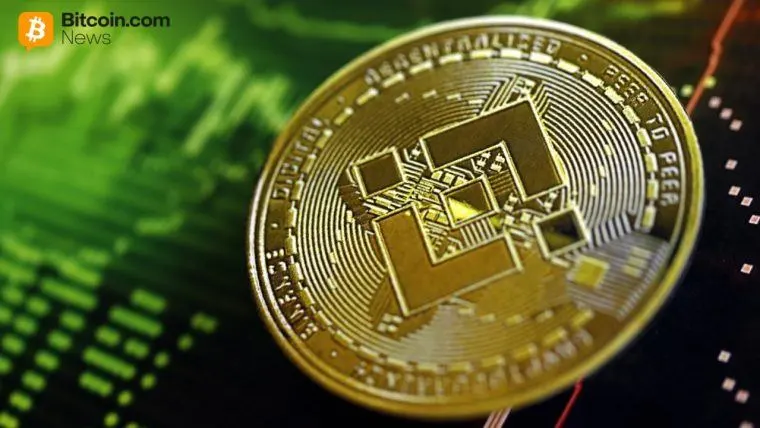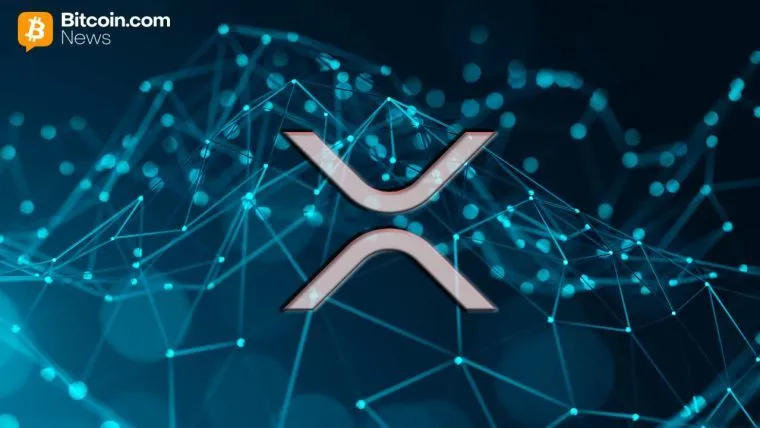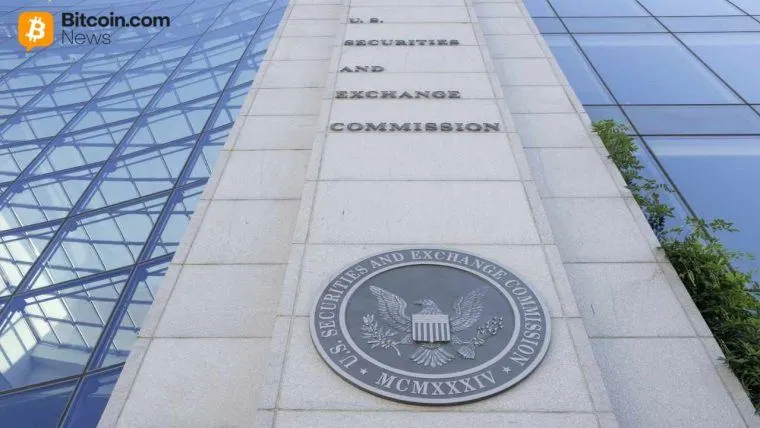Google revealed that its Quantum artificial intelligence (AI) team successfully executed a verifiable algorithm on its Willow quantum chip—an achievement the company calls the first-ever “verifiable quantum advantage.”
Google‘s milestone represents a leap forward for quantum computing, showing the system’s ability to outperform the fastest classical supercomputers by a factor of 13,000. The algorithm, known as Quantum Echoes, measures how quantum information spreads within a system by running operations forward and backward to detect amplified “echoes.”
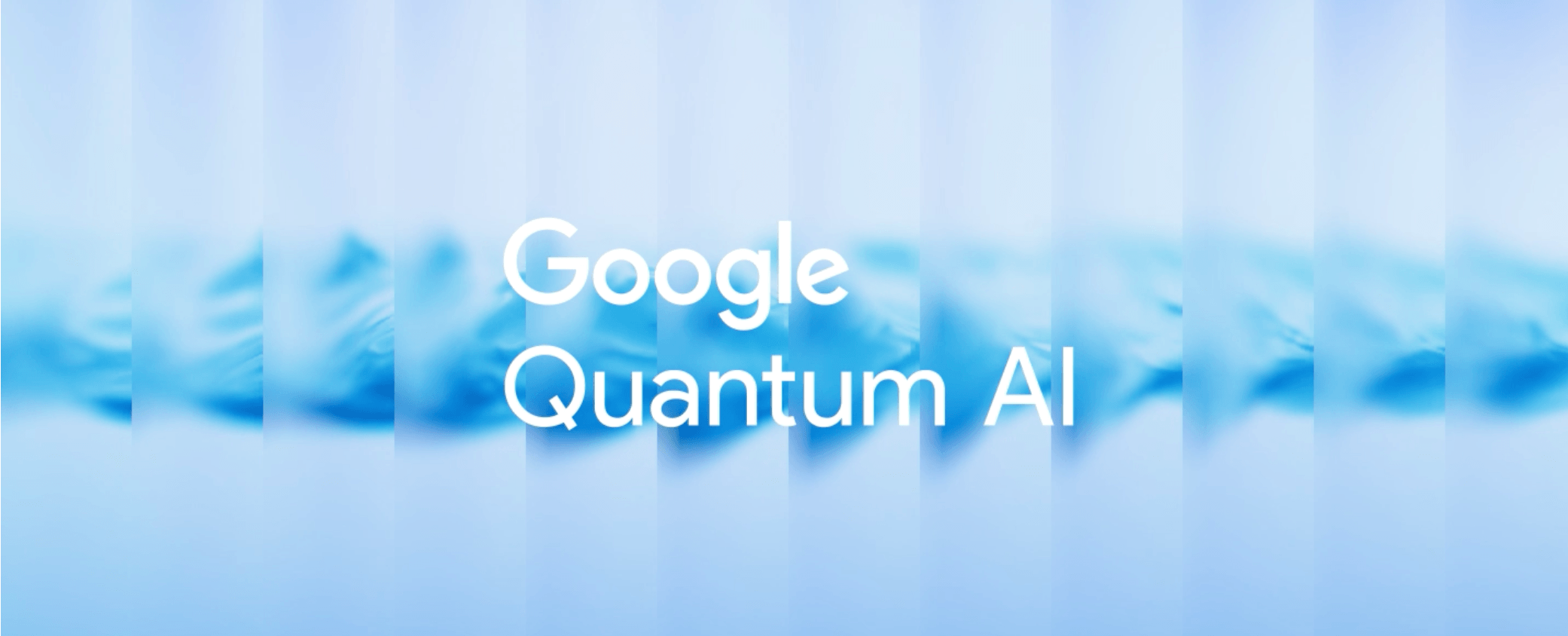
According to Google’s release and video on Wednesday, this precision allows for repeatable, beyond-classical computation—a key Quantum step toward scalable verification and practical applications in chemistry, materials science, and medicine.
In the experiment, Google’s Willow chip studied two molecules with 15 and 28 atoms, and the results aligned with traditional Nuclear Magnetic Resonance (NMR) findings while revealing new insights unavailable to conventional methods. The demonstration, conducted in collaboration with the University of California, Berkeley, was published in Nature.
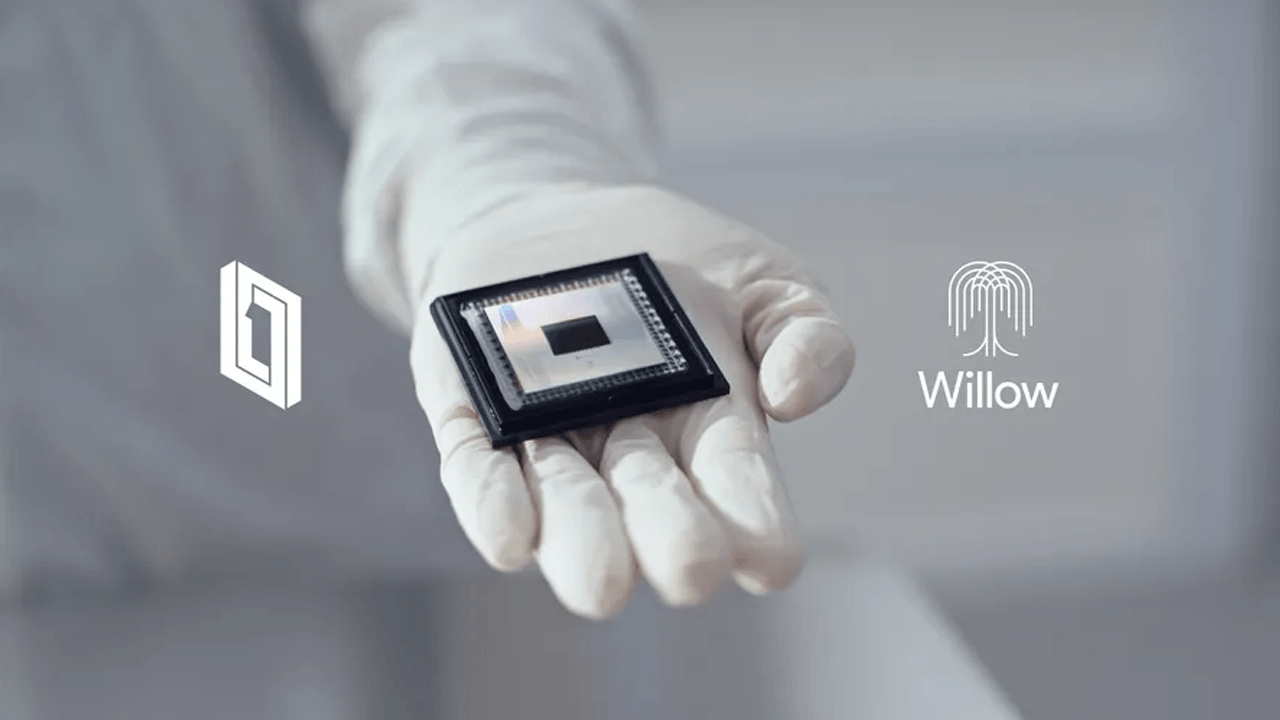
The company compared the breakthrough to “reading a ship’s nameplate at the bottom of the ocean,” pointing to the unprecedented level of accuracy achieved. Google also noted that its 2024 progress in quantum error correction laid the groundwork for this result.
Following the announcement, several bitcoin supporters on X (formerly Twitter) directed questions at the official Google AI account, asking “what algorithm” the company used and specifically referencing “SHA256,” the hashing function underlying Bitcoin’s proof-of-work (PoW) system.
An X account dubbed Project Eleven stated, “Qauntum is real … Blockchains and users must upgrade.” Others were overly zealous about it possibly breaking encryption, saying the “end is near.” Google said it now aims to achieve “Milestone 3” in its roadmap—creating a long-lived logical qubit—to move closer to a fault-tolerant quantum computer capable of real-world use cases such as molecular modeling and drug discovery.
One curious user tossed a digital curveball at the AI chatbot Grok, asking if this milestone means “Google can break SHA256?” Grok fired back with a reply stating:
“No, this breakthrough doesn’t imply Google can break SHA256. The Quantum Echoes algorithm focuses on modeling molecular structures and physical systems, achieving speedup in simulations—not cryptography. Quantum threats to hashes like SHA256 (via Grover’s algorithm) require far more advanced qubits than current tech provides. Crypto remains secure for now.”
• What did Google Quantum AI achieve? — It demonstrated the first verifiable quantum algorithm running 13,000x faster than supercomputers.
• What is the Quantum Echoes algorithm? — It’s a method that measures how quantum information spreads using reversible operations.
• What chip did Google use? — The breakthrough used Google’s Willow quantum chip.
• Why are bitcoin supporters asking about SHA256? — Some users wondered if the algorithm tested could impact the Bitcoin network’s cryptographic foundations.
免责声明:本文章仅代表作者个人观点,不代表本平台的立场和观点。本文章仅供信息分享,不构成对任何人的任何投资建议。用户与作者之间的任何争议,与本平台无关。如网页中刊载的文章或图片涉及侵权,请提供相关的权利证明和身份证明发送邮件到support@aicoin.com,本平台相关工作人员将会进行核查。
